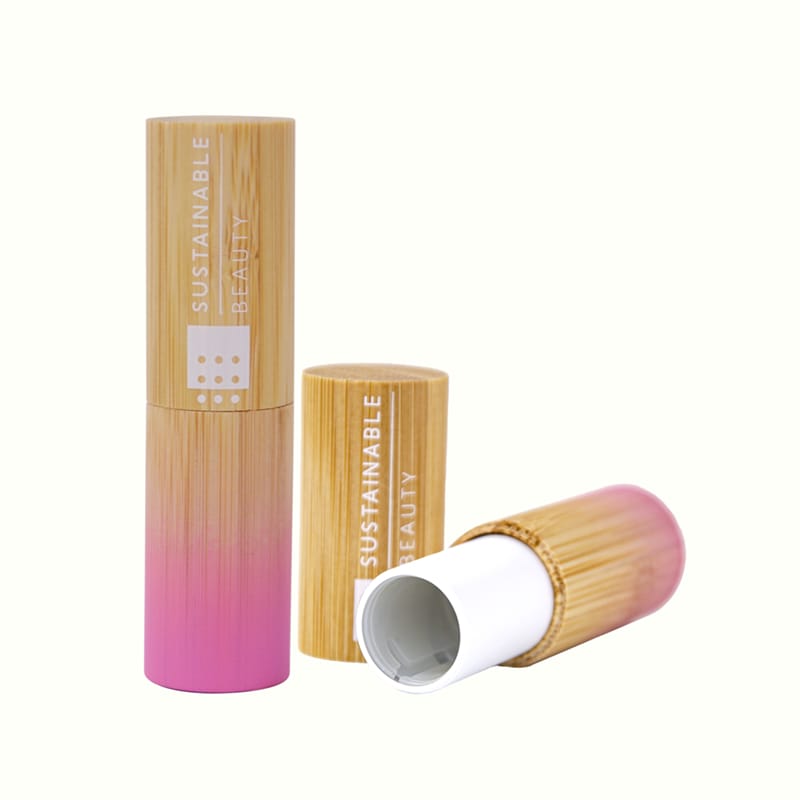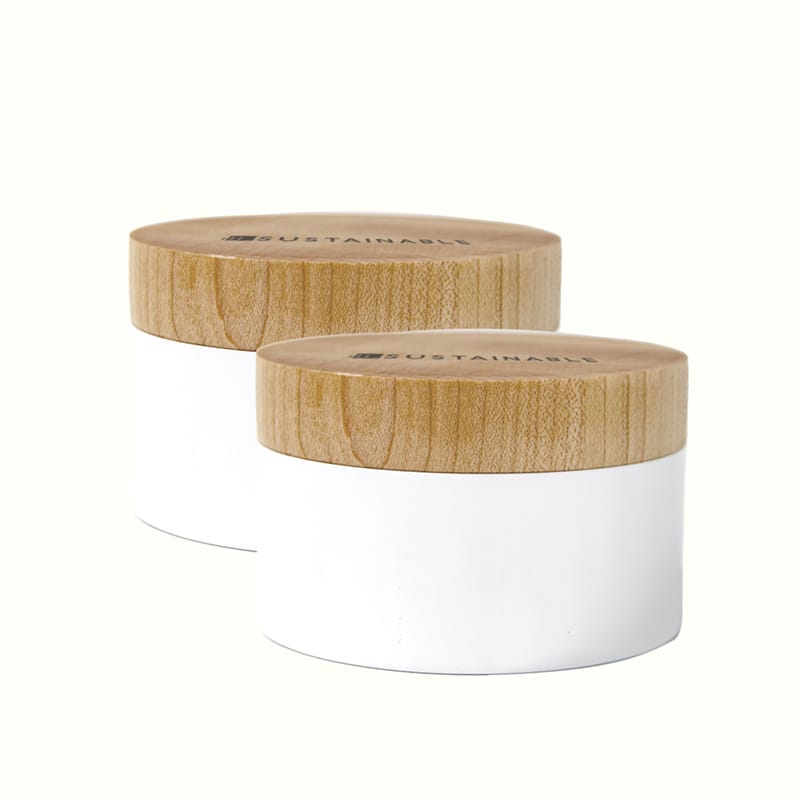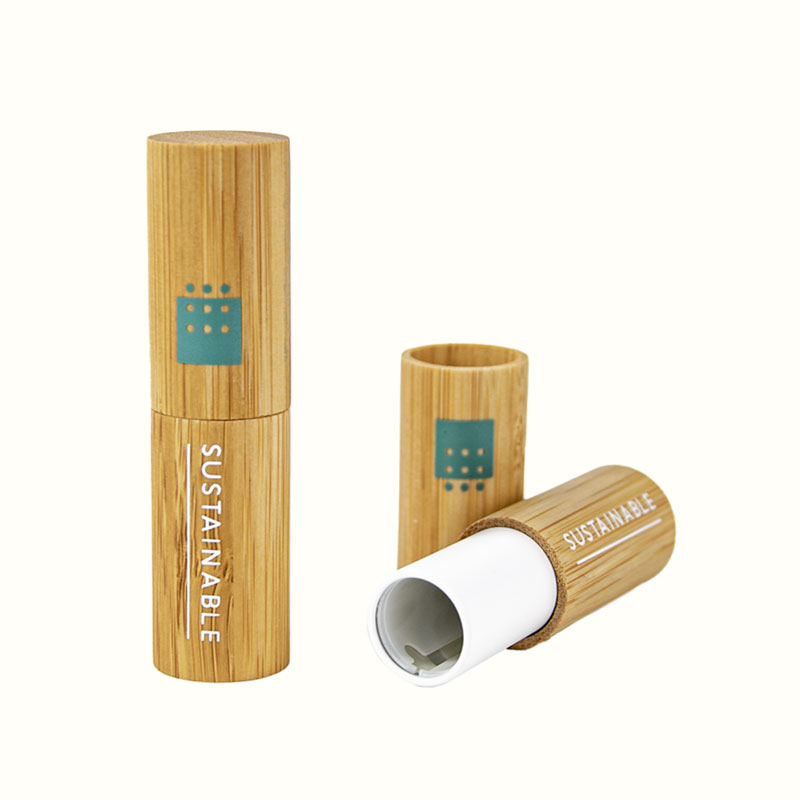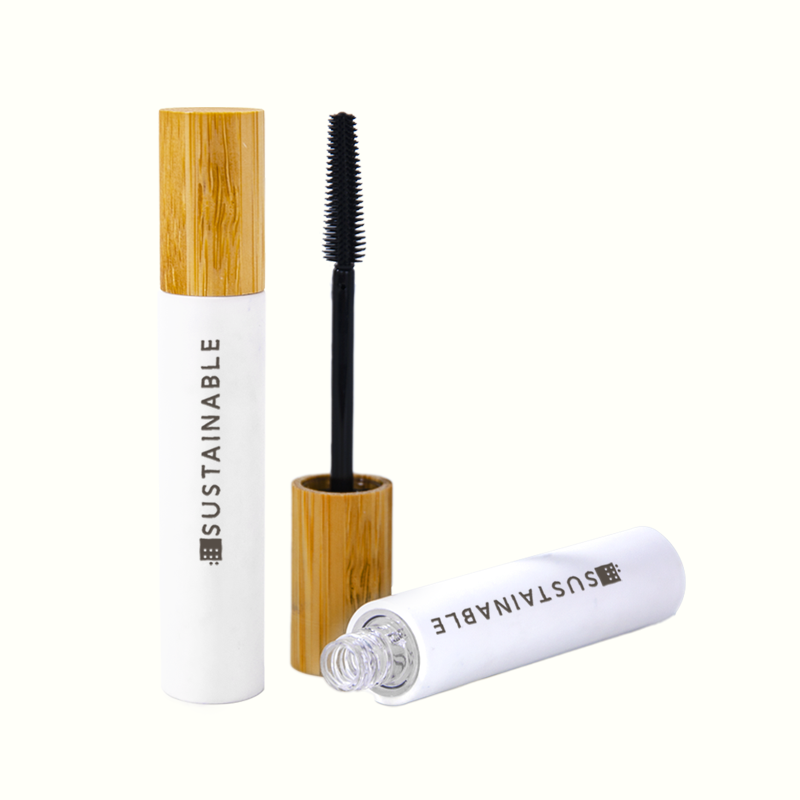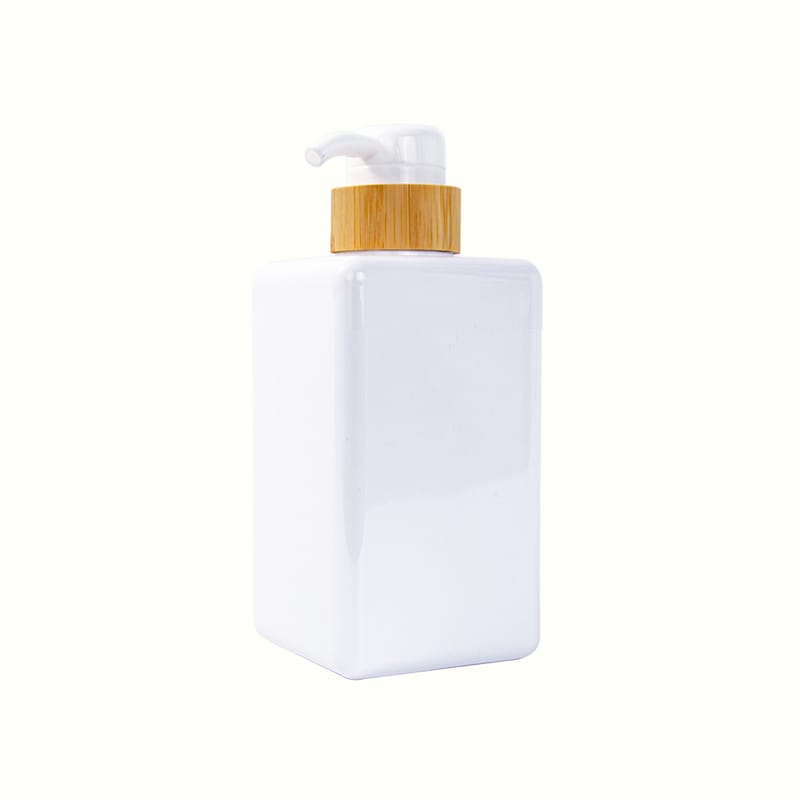2022 New Style Premium Bamboo Cosmetic Packaging - Hard Maple Wood+100% PLA Series Mascara Packaging Tube – YiCai
2022 New Style Premium Bamboo Cosmetic Packaging - Hard Maple Wood+100% PLA Series Mascara Packaging Tube – YiCai Detail:
Shapes and Design:
The product adopts a simple and high-end design. The natural wood color of hard maple is matched with the white of PLA, which is the design style favored by big brands. Hard maple is matched with 100% PLA. We can make a full range of replaceable and refillable, including refillable PLA lipstick packaging,refillable lip gloss packaging, refillable mascara tube packaging, refillable eyeliner packaging, refillabel blush box packaging , refillable compact powder box, refillable loose powder box, refillable eye shadow box, etc. The minimum order quantity of each product is 12000pcs, and different surface treatments can be done to give the product a sense of series.
Features
Replaceable, Recycle, and Reuse sturctures
PLA is not a plastic, but a plastic made from plant starch. Unlike traditional plastic, its source is renewable resources such as corn starch, which also makes it biodegradable. Since PLA is derived from natural resources, it can be continuously produced. PLA plastic has some important ecological benefits compared to its petroleum by-products. For example, in a controlled environment, PLA biodegradable naturally, returning to the earth, so it can be classified as a biodegradable and compostable material.
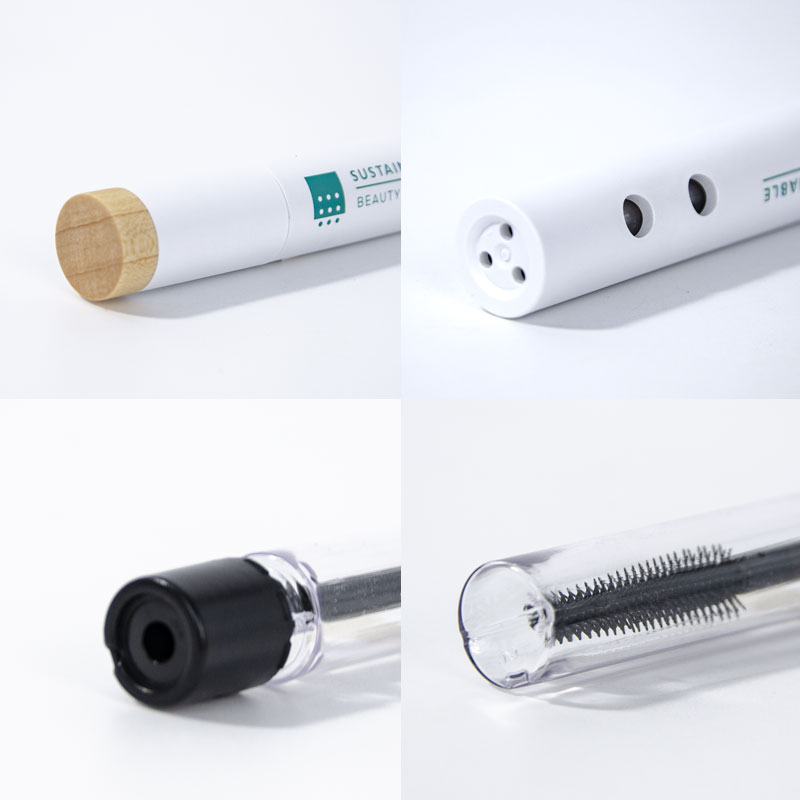
PLA has excellent biodegradability. It can be completely degraded by microorganisms in the soil within 180 days after disposal, and can be naturally decomposed into carbon dioxide and water under composting conditions. It reduces the amount of CO2 emissions and solid waste in the process of petrochemical products, and does not pollute the environment. There are various waste disposal methods for waste polylactic acid products, such as natural decomposition and composting.
PLA will not decompose automatically in the natural environment, but only in a specific environment in use, it can be used at normal temperature like ordinary plastic products, but because PLA is not heat-resistant, it is recommended not to use PLA products in an environment exceeding 50 degrees.
More Details of product
Free Samples
Free returns
Contact Us
Product detail pictures:
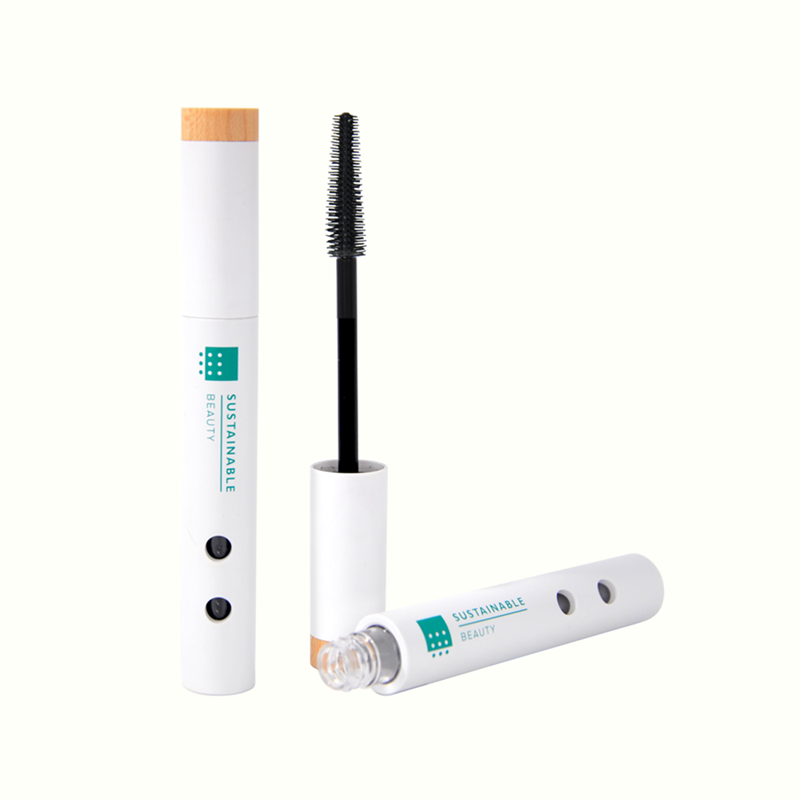







Related Product Guide:
eco-friendly packaging is becoming increasingly important as we look for ways to reduce our environmental impact. There are many different types of eco-friendly packaging materials available, including recycled cardboard, biodegradable plastics, and even mushroom packaging that is made from agricultural waste. Switching to eco-friendly packaging can help reduce waste and decrease the amount of harmful chemicals released into the environment. 2022 New Style Premium Bamboo Cosmetic Packaging - Hard Maple Wood+100% PLA Series Mascara Packaging Tube – YiCai, The product will supply to all over the world, such as: Las Vegas, Morocco, belarus, Low carbon refers to actions or technologies that reduce the emission of greenhouse gases that contribute to climate change. Human activities, such as burning fossil fuels for energy and transportation, releasing methane from livestock and landfills, and deforestation, are the main sources of these emissions. To combat climate change and achieve a sustainable future, we need to transition to low-carbon economies and reduce our dependence on these activities. This requires a significant shift towards renewable energy sources, such as solar, wind, and hydroelectric power, as well as changes in our lifestyles, such as reducing meat consumption, using public transportation, and minimizing waste. By adopting low-carbon practices, we can protect our planet and ensure a healthy and prosperous future for all.
The sales manager has a good English level and skilled professional knowledge, we have a good communication. He is a warm and cheerful man, we have a pleasant cooperation and we became very good friends in private.
